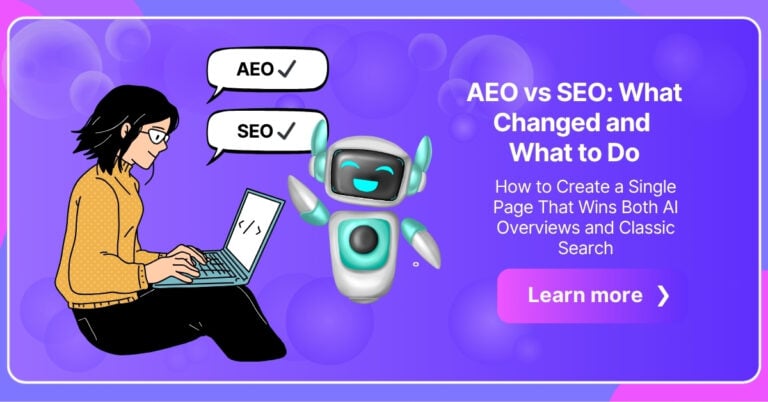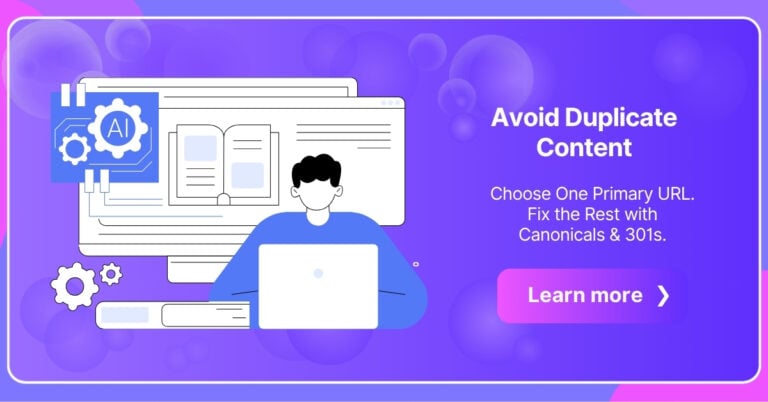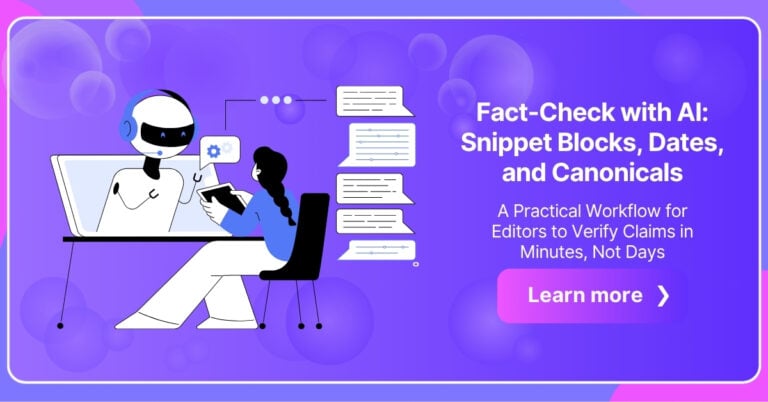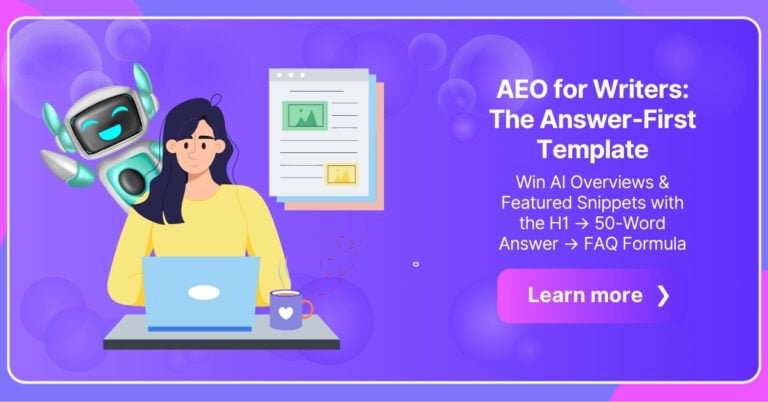Learn exactly how to build a chatbot in under a day—No Fluff
Whether you’re a non‑technical marketer or a seasoned developer, follow these clear, step-by-step instructions to launch your own bot that answers user questions and automates tasks in under a day.
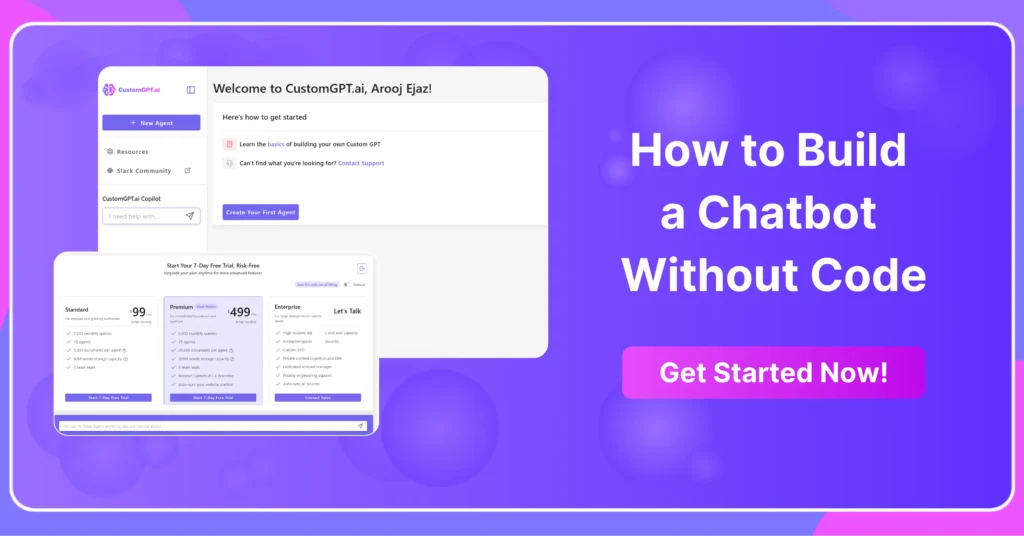
Why a Chatbot?
Chatbots can answer common questions, collect leads, automate support tasks, and free up your team to focus on higher‑value work. And with today’s tools, you don’t need weeks of coding or huge budgets to get started.
How to Build a Chatbot Without Code
1. Choose the Right Platform
- Popular options: CustomGT.ai, ManyChat, Chatfuel, Landbot.
- Key criteria: free‑tier limits, third‑party integrations (Google Sheets, Mailchimp, Zapier), ease of use.
Pro Tip: Always begin on a free plan. Validate templates, integrations, and analytics before upgrading.
2. Define Your Bot’s Goal
Decide up front what your bot should do:
- FAQs: Answer product or shipping questions.
- Lead capture: Collect emails, phone numbers.
- Live‑support routing: Triage and hand off to agents.
A narrow focus keeps your conversation flows simple and minimizes training time.
3. Outline Your Conversation Flows
Sketch each user question → bot response → next action:
User: “What are your hours?”
Bot: “We’re open Mon–Fri, 9am–6pm.”
User: “Talk to human”
Bot triggers notification to support Slack channel.A clear flowchart ensures you cover every branch and exception.
4. Select a Template or Start Blank
- Use a template for common use cases (support, e‑commerce, bookings).
- Build from scratch when you need full control over every message block.
5. Build Message Blocks
- Greeting: “Hi there! How can I help you today?”
- Quick replies: Buttons like “View Menu” / “Help.”
- User input: Securely collect email, phone, order numbers.
- Media: Images, carousels, or PDFs for richer content.
6. Integrate with Your Tools
Connect your bot to:
- Google Sheets (log responses)
- Mailchimp (add subscribers)
- Zapier (trigger workflows in 2,000+ apps)
This ensures all data flows seamlessly into your CRM or ops stack.
7. Add Conditions & Fallbacks
- If/Else routing: E.g., if “Support” → live agent; if “Sales” → pricing PDF.
- Fallback message: “I didn’t catch that—could you rephrase?”
Fallbacks catch typos, slang, and unexpected inputs.
8. Test Every Path
In preview mode, click every button and toss in typos or slang. Confirm:
- All user journeys complete cleanly
- Fallbacks trigger as expected
- Integrations fire and record data accurately
9. Publish & Embed
- Website widget: Copy‑paste JavaScript snippet into your site’s header.
- Social channels: Connect to Messenger, WhatsApp, or Instagram with one click.
Pro Tip: Always start on a free plan. Test core features like templates, integrations, and analytics before committing to a paid tier.
FAQ
How long does each approach take?
Depending on complexity, No-code bots take 2–4 hours and Code-based bots take 6–10 hours.
Do I need a developer for no-code bots?
No. Platforms like CutomGPT.ai, allow non-technical users to build and maintain flows.
Can I mix no-code and code?
Yes. Some platforms let you call webhooks to your custom code for advanced logic.
Which option offers more control?
Code gives full customization; no‑code speeds up launch and simplifies maintenance—platforms such as CustomGT.ai even let you tailor AI behavior without writing a single line of code.
What’s the best way to test my bot?
Combine automated unit tests (for code bots) with manual walkthroughs. For no‑code, invite real users and use analytics.
Conclusion
With a no‑code platform like CustomGT.ai, you can launch a chatbot in just a few hours—no developers needed. Define a clear goal, test every flow, and use real‑user feedback to refine your bot. Happy building!
Ready to automate your customer interactions? Sign up for CustomGT.ai’s free plan and launch your chatbot today!
Launch your chatbot today in under a day!
Drive revenue, save time, and start automating customer interactions instantly.
Trusted by thousands of organizations worldwide





